Alright, so London isn’t nearly as bad as I said it was yesterday. The people here, like everywhere else, are really friendly and helpful. They’re just not very open or conversational. The city doesn’t seem as dangerous now that I’ve been around it a little more. You just have to know what to look out for.
Musing
Today consisted solely of museum visits. I spent the morning at the Churchill War Rooms, which is in the basement of the Treasury Building at Westminster. It’s where Churchill’s war cabinet met throughout WWII to debate strategies, make decisions, and watch the situation unfold throughout the world. I was surprised to hear that his family stayed with him at times. Apparently, he had a very good marriage, and his wife was a huge influence on his decision making, despite the fact that they had opposing politic beliefs. I also learned about the secret direct telephone line to President Roosevelt that the American military installed. Not even the British knew about that telephone line, save for a very select few. All the rooms in the museum contained their original furniture and fixtures, as the people just got up and left when the war ended. From the end of the war, an effort was made to preserve the space. It’s always warming to hear of past generations making an effort to save things for those to come after.
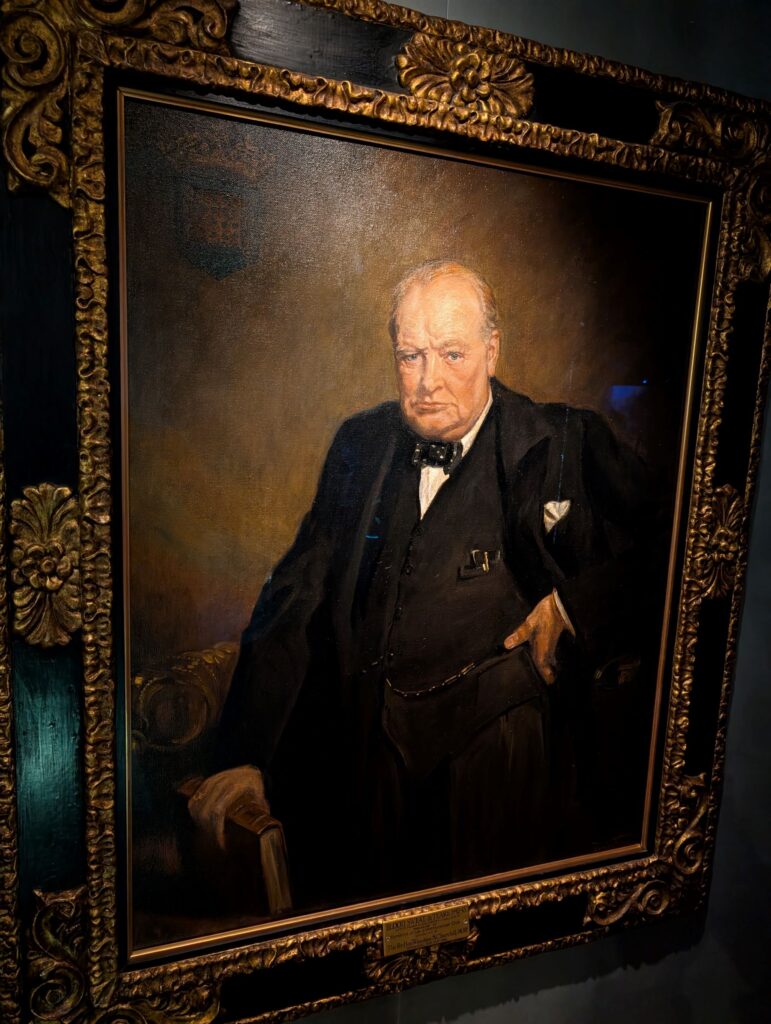
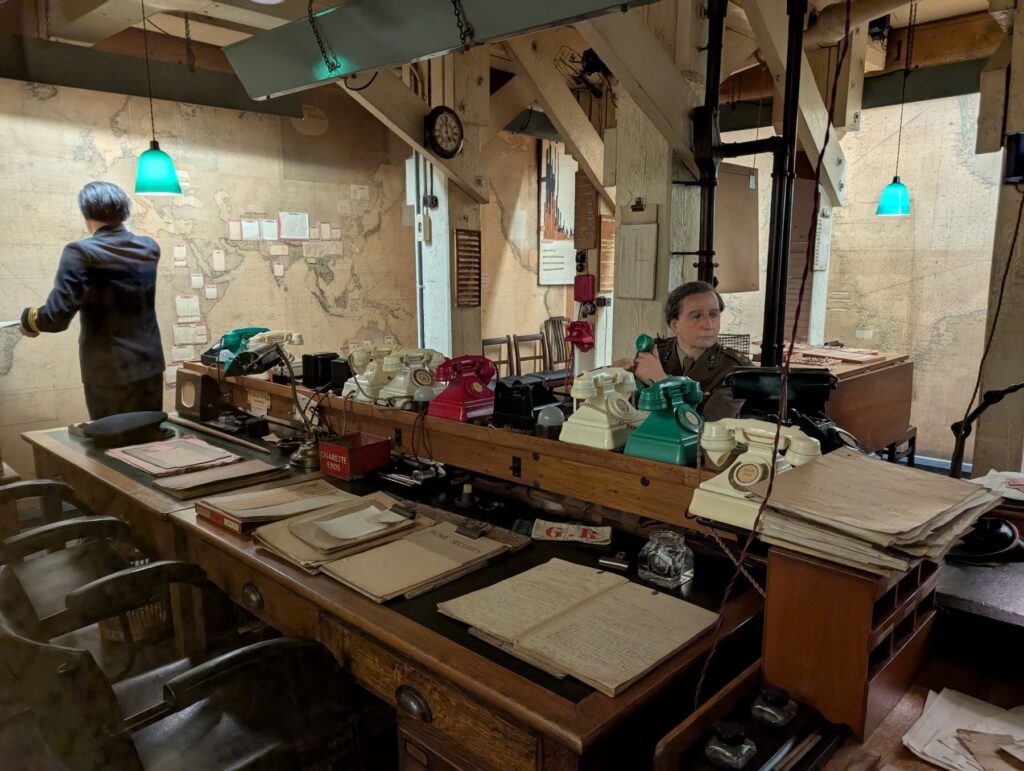
After wrapping up at the War Rooms, I walked over to Imperial War Museum – London. Like IWM Duxford and the Churchill War Rooms, it’s a government commissioned museum dedicated to all the conflicts that the British have fought in recent history. There was a special focus on WWI and WWII, as the British were highly involved from the start of both of those wars. Especially interesting was seeing how reflective the British are on their own faults and shortcomings. They recognize how their empire and colonies oppressed and hurt millions of people around the world, with serious consequences continuing to the present day. On the same note, they talk at length about how they came to some of the social decisions they have today, such as free health care, widespread public transportation, and other social welfare programs. Most of those decisions were made following the war with bipartisan support. I’m curious whether those decisions led to the others-first mentality in their culture or vice versa. Either way, I can’t say the Brits don’t care for each other.
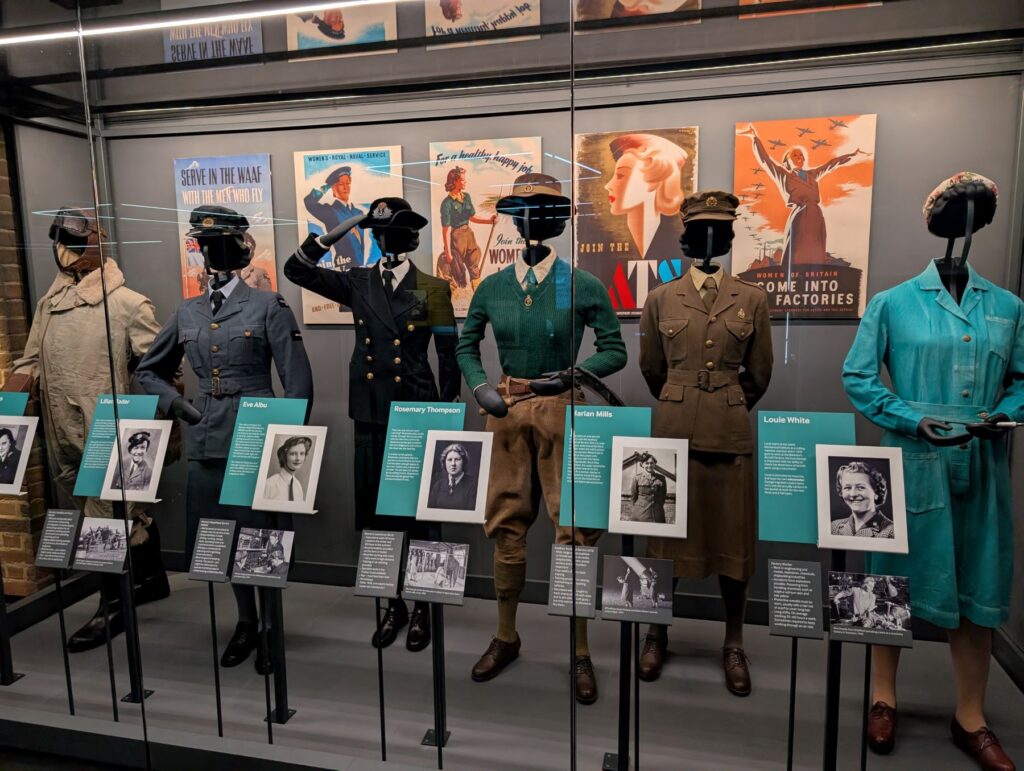
I skipped over most of the Holocaust exhibits because I’ll spend several days going through actual Holocaust sites later this trip. It felt silly to read about faraway things when I’ll get to see them soon. I chose each location on this trip because it has some kind of historical significance, usually related to WWII. London was significant because it endured the Blitz in 1940, where Germany carpet bombed the entire city for several months. It was interesting to hear in both museums about the Blitz, but much harder to imagine it happening where I stood than I expected. To read about something in history books for years, imagining yourself going there, only to find that the sorrow and suffering doesn’t linger. It says a lot about how easy it is for us to forget our history, our mistakes, and what we’ve learned from them.
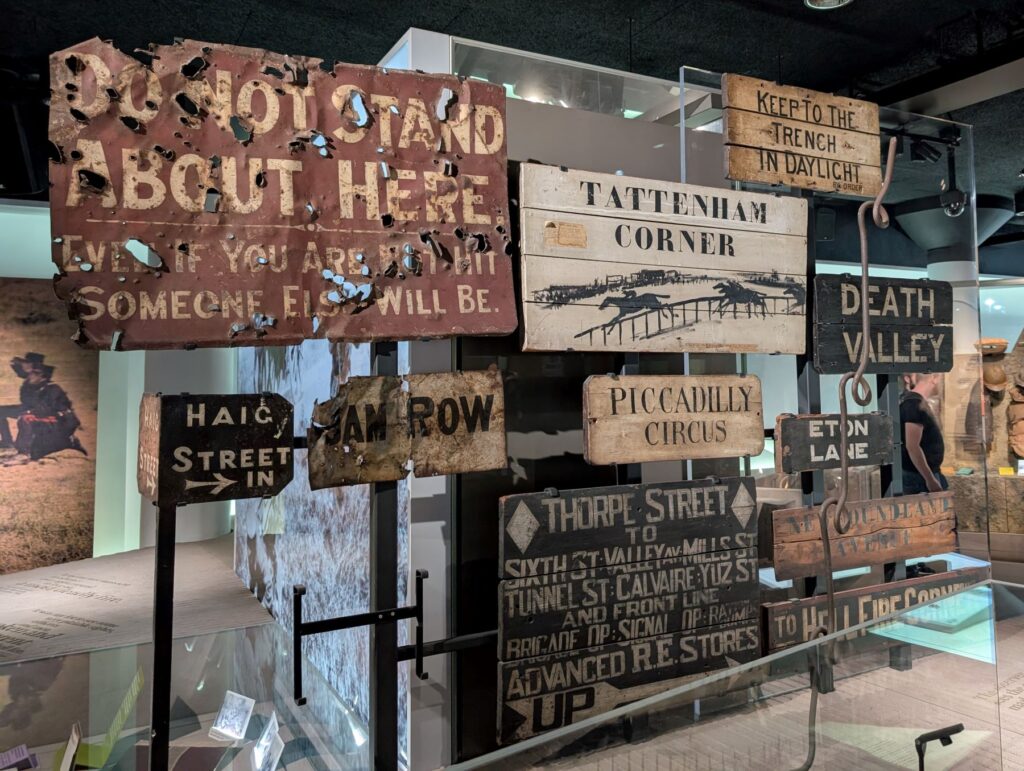
Back to CS Lewis
Back at the Kilns, I learned that CS Lewis hosted several children during the Blitz. As London was getting bombed frequently, parents quickly started to send their children to country homes where they would be safer. Lewis took a lot of inspiration from his own life for his books, and having small children running around in a country big country home with a quirky professor was an obvious inspiration for The Lion, the Witch and the Wardrobe.
I saw a painting today that also reminded me of Lewis. In The Magician’s Nephew, the children travel to a world between worlds where they can enter ponds to the different worlds that God has created. This painting with flooded shell holes made me think of that. It made me think about if the world between worlds was corrupted by man, with each pond no longer led to beautiful creation, but only death, suffering, and bleakness. WWII has always been interesting to me. Rarely has it had a significant emotional effect on me due to its distance. But today, seeing all of the weapons of war and how it affected people here, did start to make me emotional. I hope to have more of that.
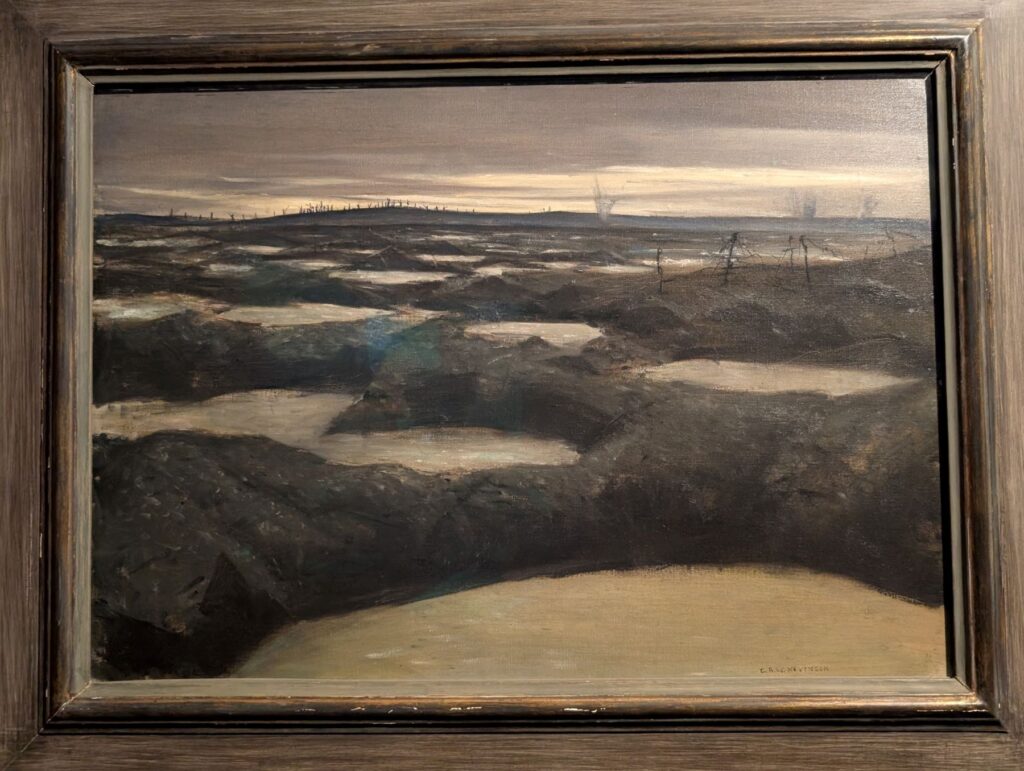
Anyway. I’m trying to be on the lookout for meaningful symbolism throughout this trip. Much of the symbolism I’ve already seen has been intentional through art and architecture. However, there’s also lots of unintentional symbolism out there. My friend Mitchell has an ongoing project called Ode to Culture that has really helped me tune into these things. Check it out if you have time. It’s a participatory project.
The trip so far
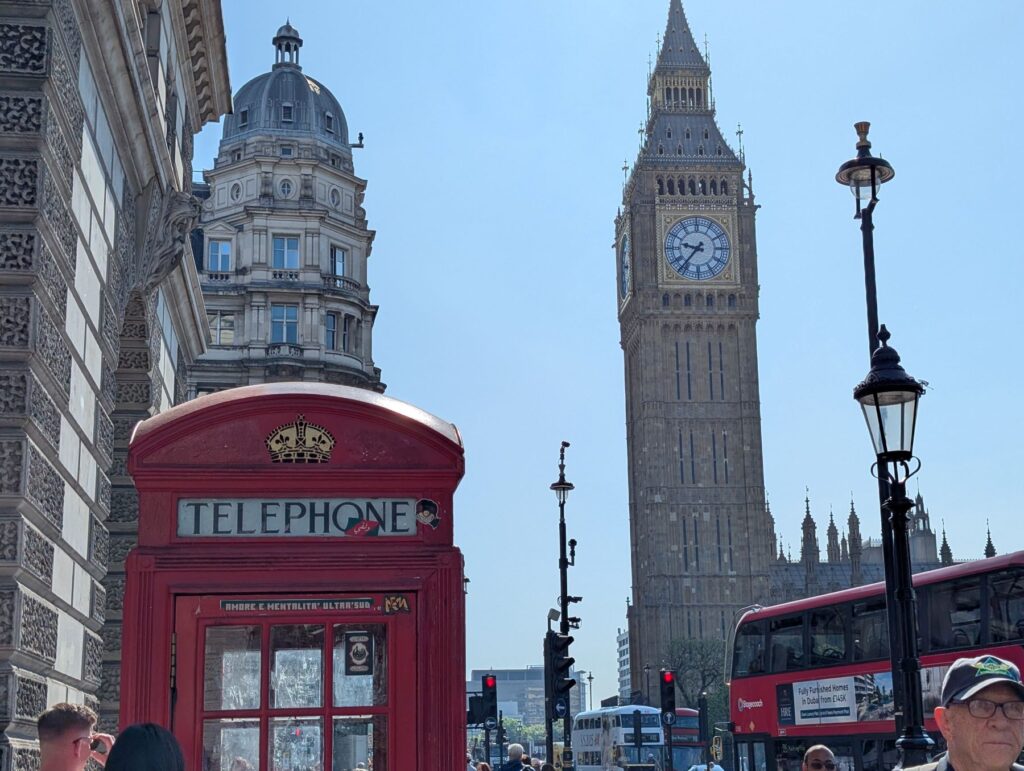
I did some reflecting and catching up this evening on how the trip has been going. I feel like I’m spending a lot of money, but I’m still well under budget for the time I’ve been here. I can’t believe tomorrow will be a week since I left Liberal. I did some adding to discover that I have nearly five whole weeks remaining here in Europe! I’m grateful because I don’t feel the usual rush to see everything (I’m seeing plenty, even at a mild pace) but I’m already missing home. By the time I get there, I can’t imagine how I’ll feel. I’ve already experienced so much; it’s hard to believe I’ve still got so much to go.
Tomorrow
Tomorrow morning I’ll be going to the last IWM museum, the HMS Belfast. By the time I’m done there, it’ll be time to meet up with Grandpa and Grandma Vogt. It’ll be nice to see familiar faces. Guess I better head to bed soon. Until tomorrow!